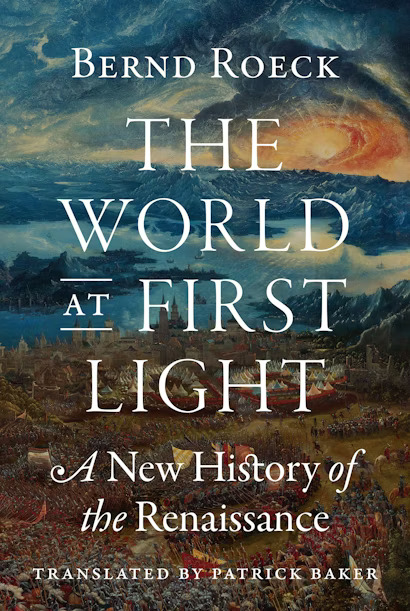Ludwig Hirschfeld-Mack: More than a Bauhaus artist
HistorySmiths, $60 hb, 365 pp
The promise of the Bauhaus
With his founding of the Bauhaus in 1919, the German architect Walter Gropius proposed a radical reimagining of the arts and crafts. His manifesto outlined the principles for an institution that would unify architecture, art, and design, creating ‘a new guild of craftsmen, free of the divisive class pretensions that endeavoured to raise a prideful barrier between craftsmen and artists!’ At the heart of this stirring vision was a world in which creativity was directed to practical ends, where function was a fundamental element of creative endeavour. Gropius’s call was both inspiring and timely, and it found ready devotees. In a continent savaged by four years of war, there was urgent need for a new way. Paul Klee, Wassily Kandinsky, and Oskar Schlemmer were a few of the many who made their way to the German city of Weimar to work with Gropius and to help realise his vision.
Continue reading for only $10 per month. Subscribe and gain full access to Australian Book Review. Already a subscriber? Sign in. If you need assistance, feel free to contact us.











Leave a comment
If you are an ABR subscriber, you will need to sign in to post a comment.
If you have forgotten your sign in details, or if you receive an error message when trying to submit your comment, please email your comment (and the name of the article to which it relates) to ABR Comments. We will review your comment and, subject to approval, we will post it under your name.
Please note that all comments must be approved by ABR and comply with our Terms & Conditions.